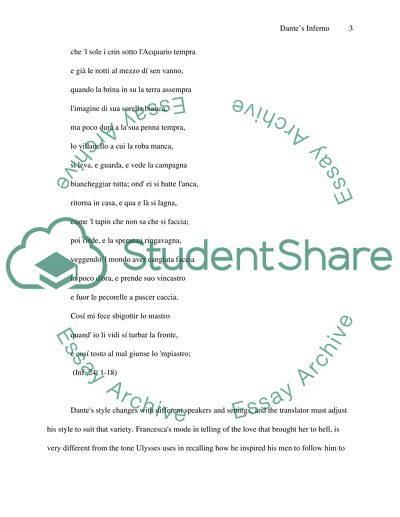Cite this document
(“Dantes Inferno Essay Example | Topics and Well Written Essays - 750 words”, n.d.)
Retrieved from https://studentshare.org/miscellaneous/1509334-dantes-inferno
Retrieved from https://studentshare.org/miscellaneous/1509334-dantes-inferno
(Dantes Inferno Essay Example | Topics and Well Written Essays - 750 Words)
https://studentshare.org/miscellaneous/1509334-dantes-inferno.
https://studentshare.org/miscellaneous/1509334-dantes-inferno.
“Dantes Inferno Essay Example | Topics and Well Written Essays - 750 Words”, n.d. https://studentshare.org/miscellaneous/1509334-dantes-inferno.


